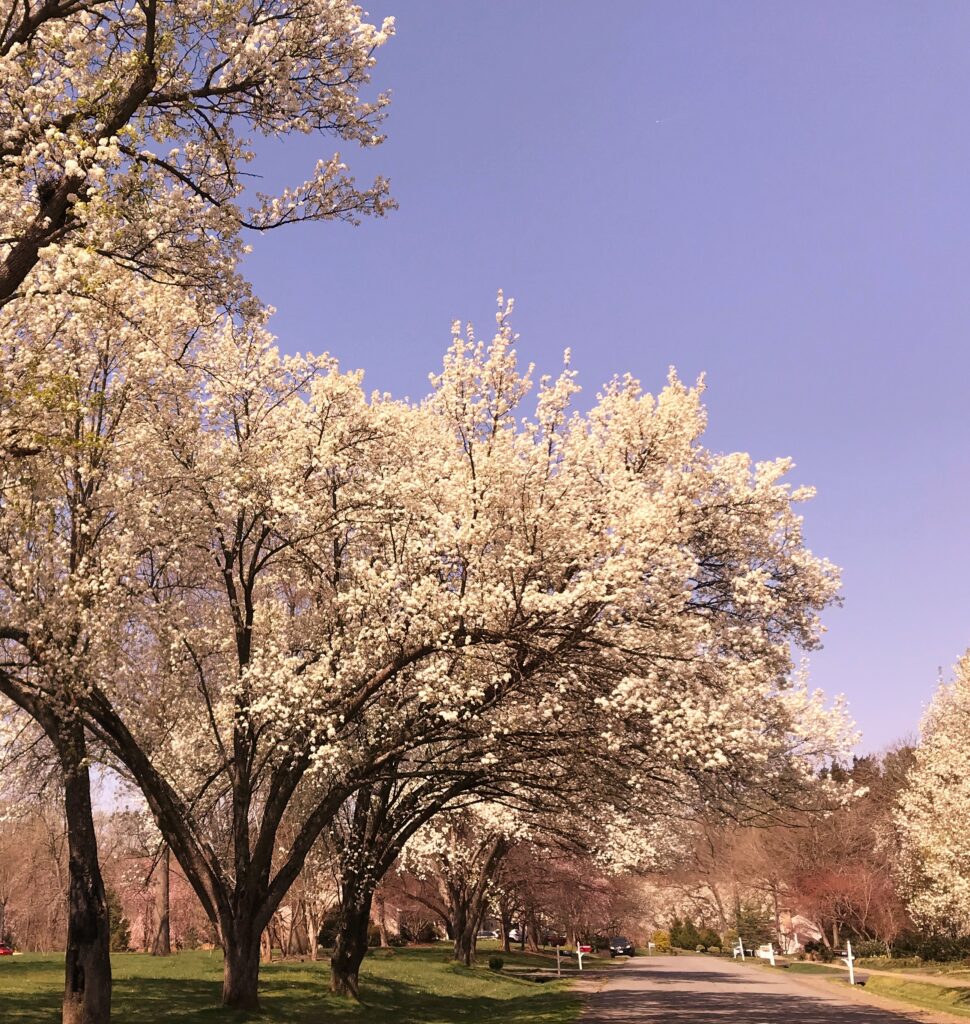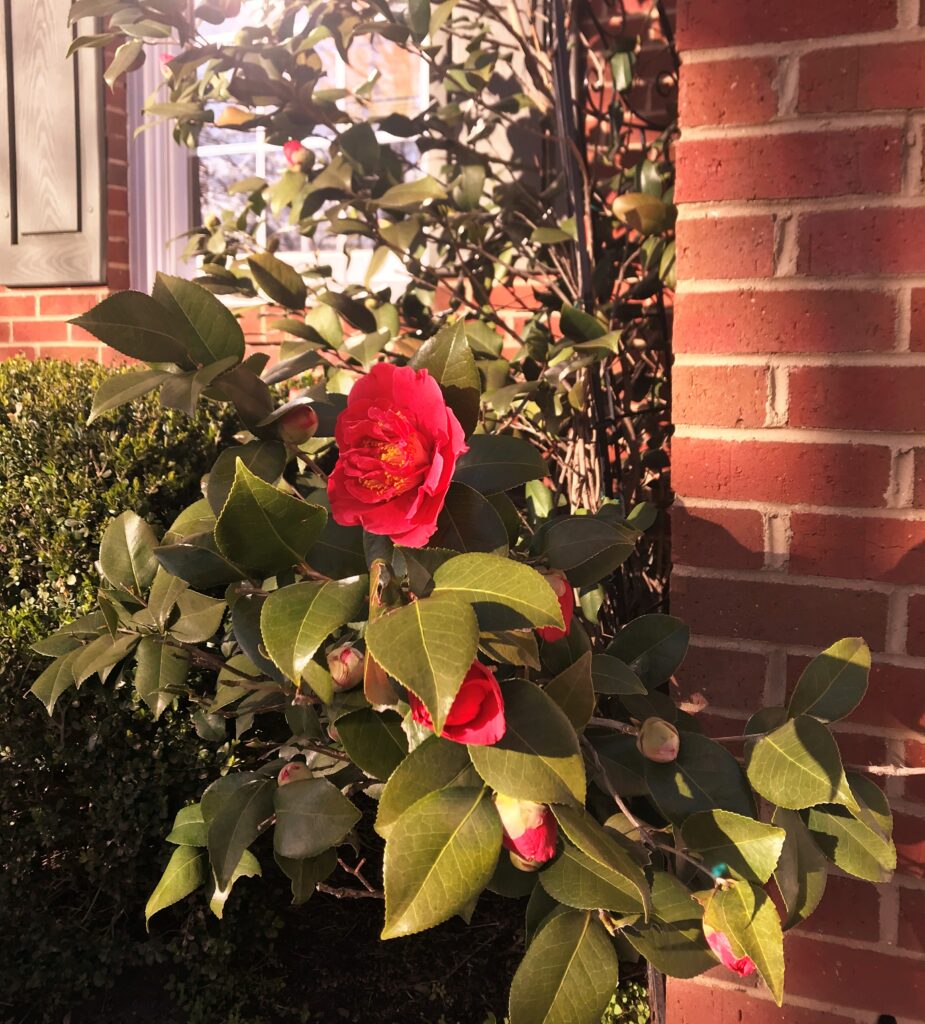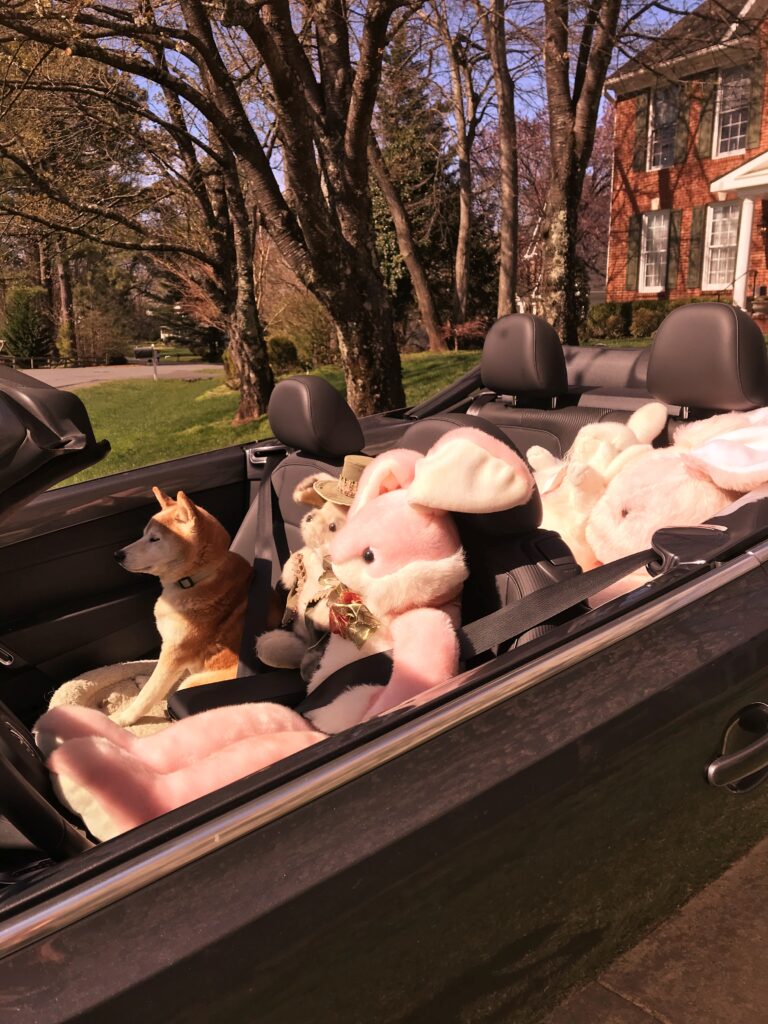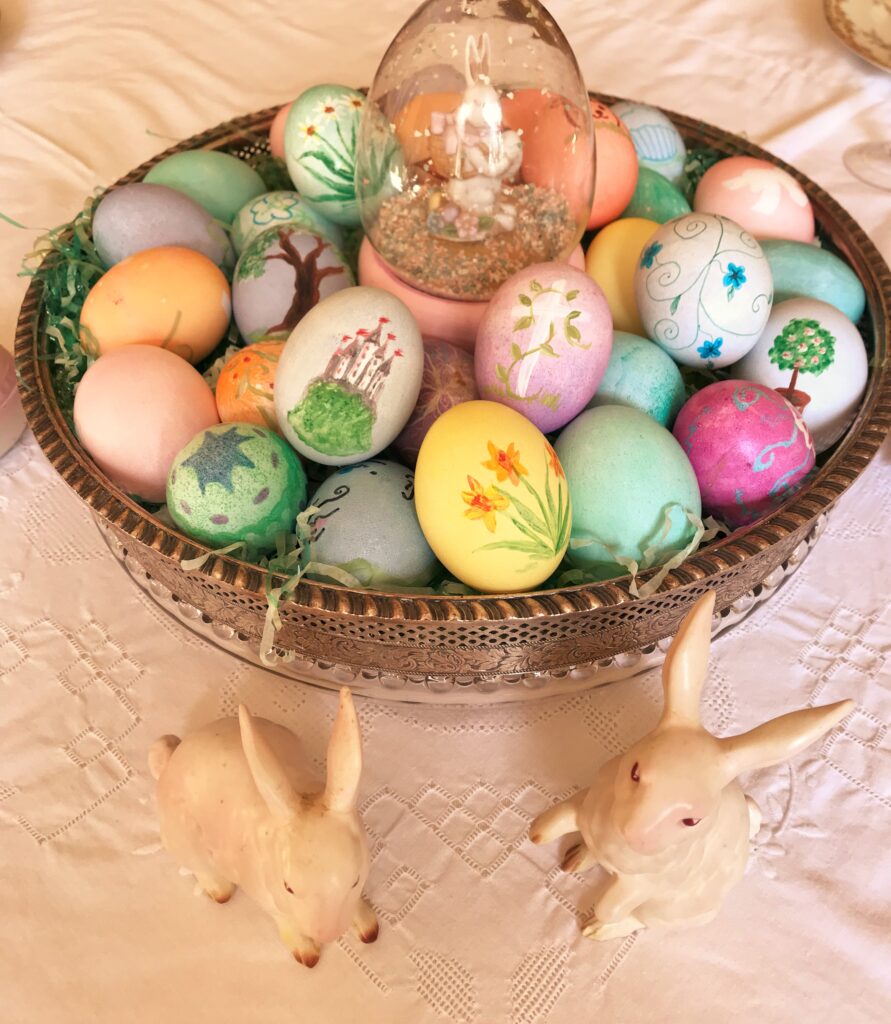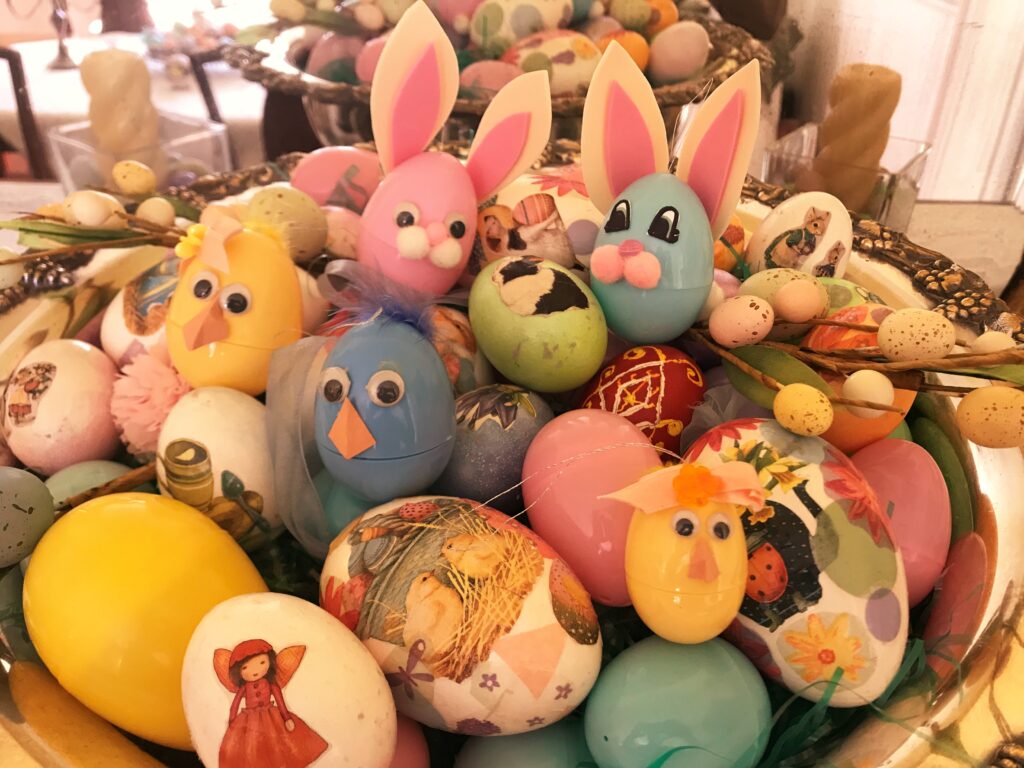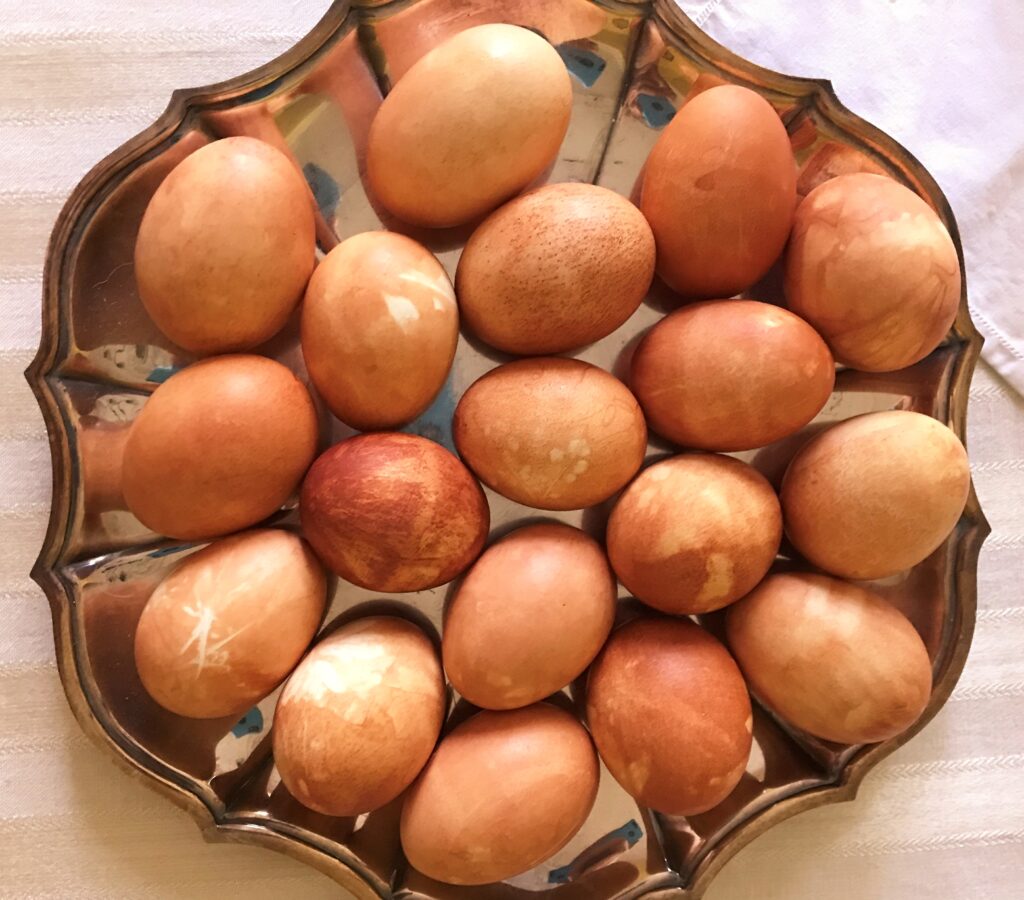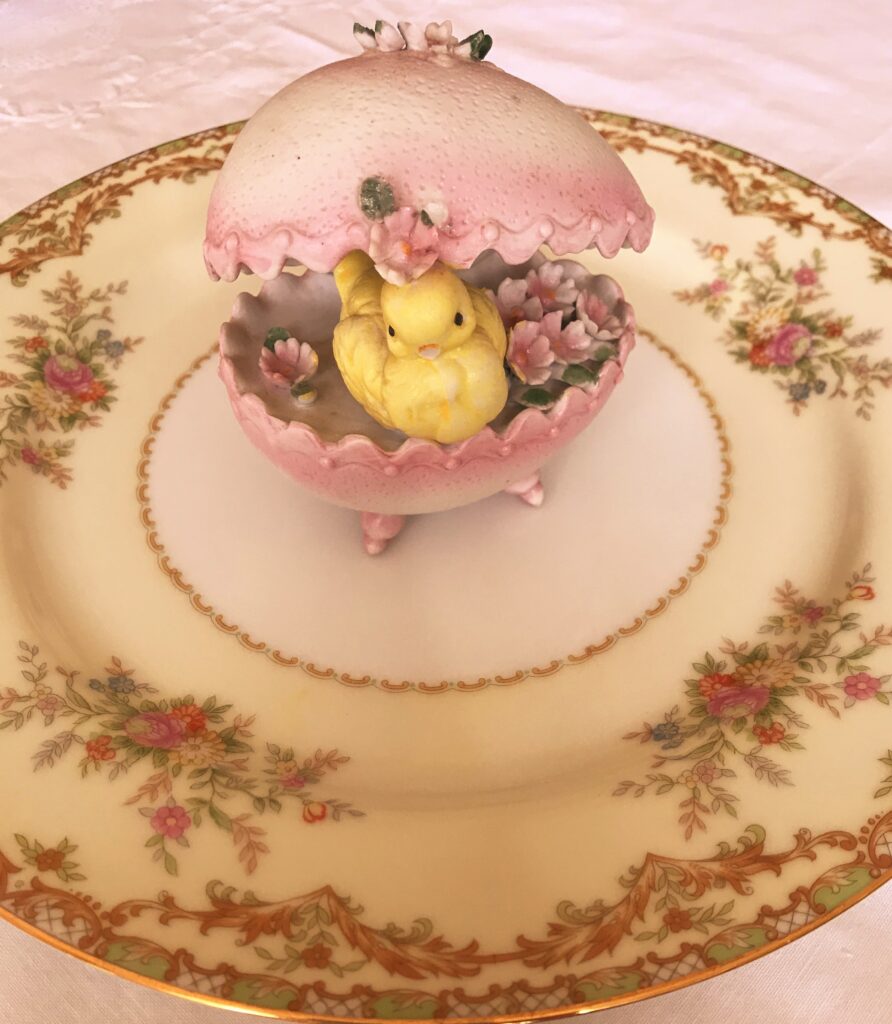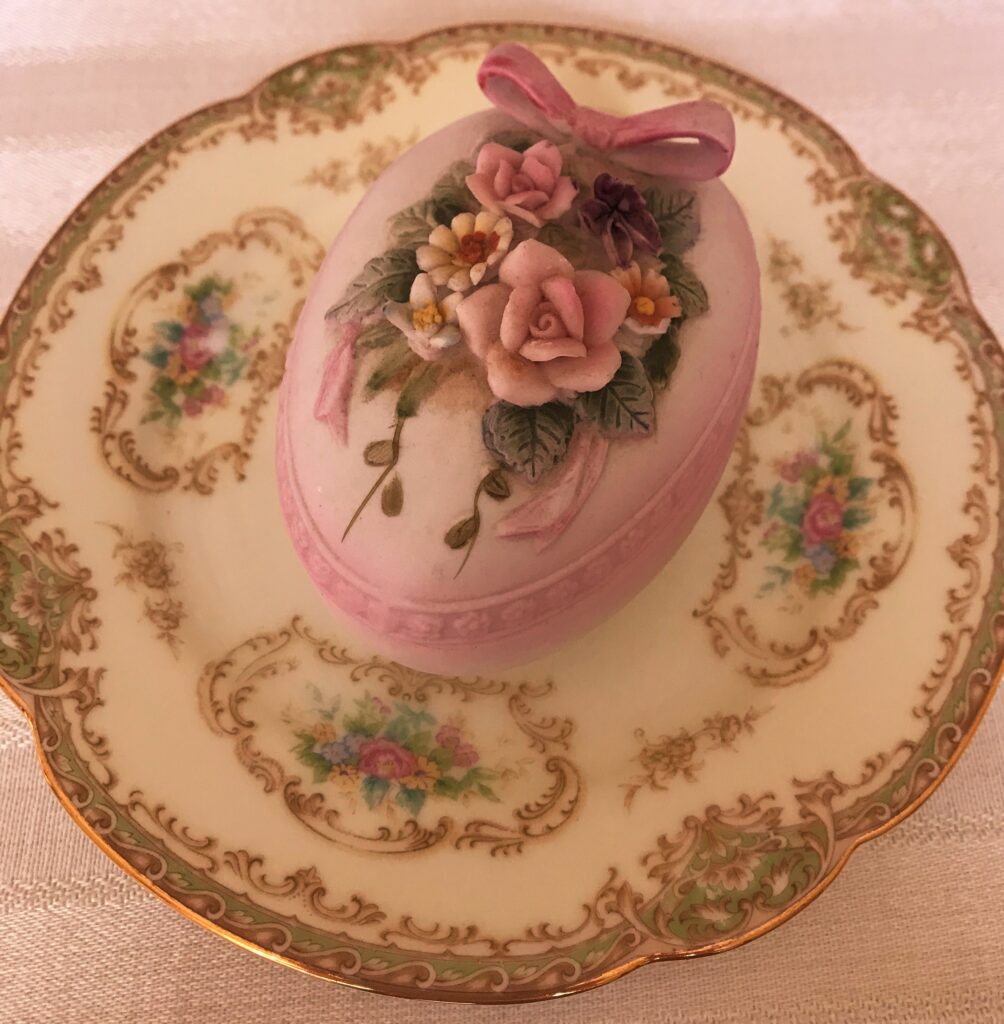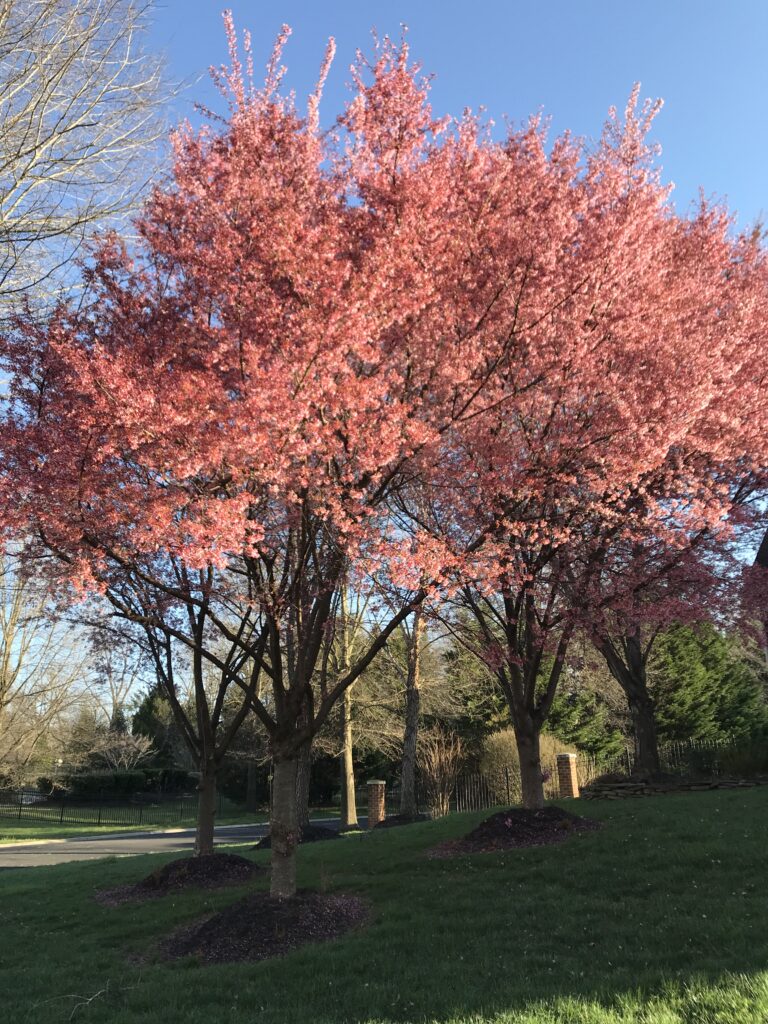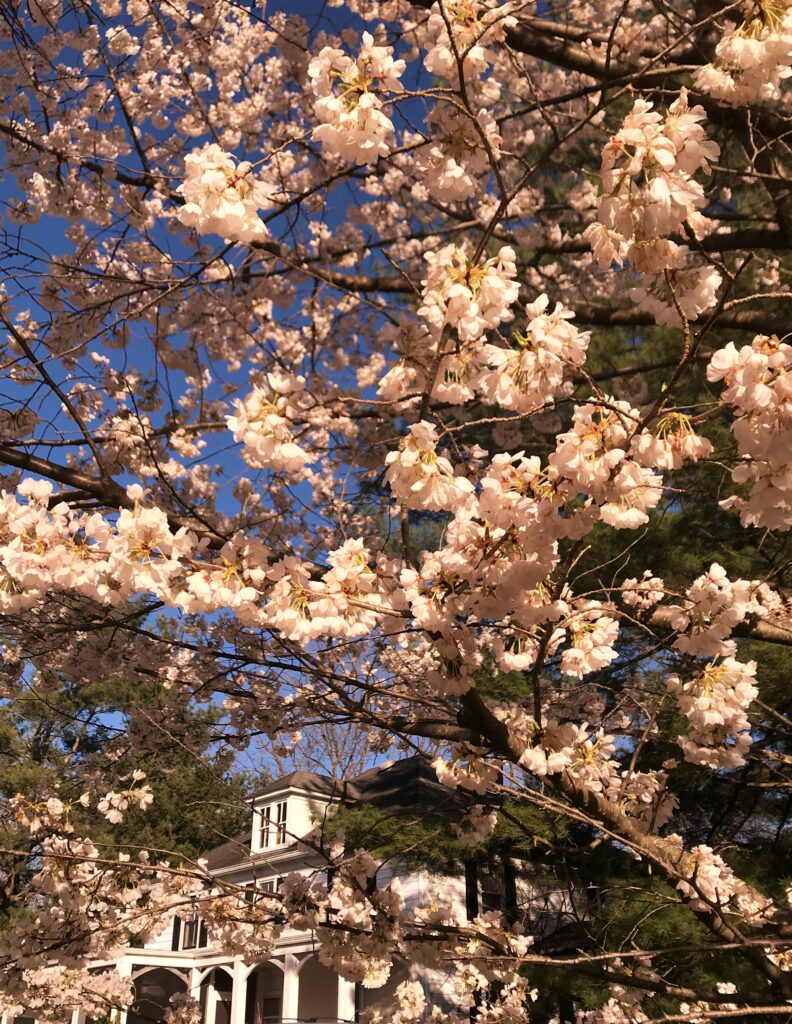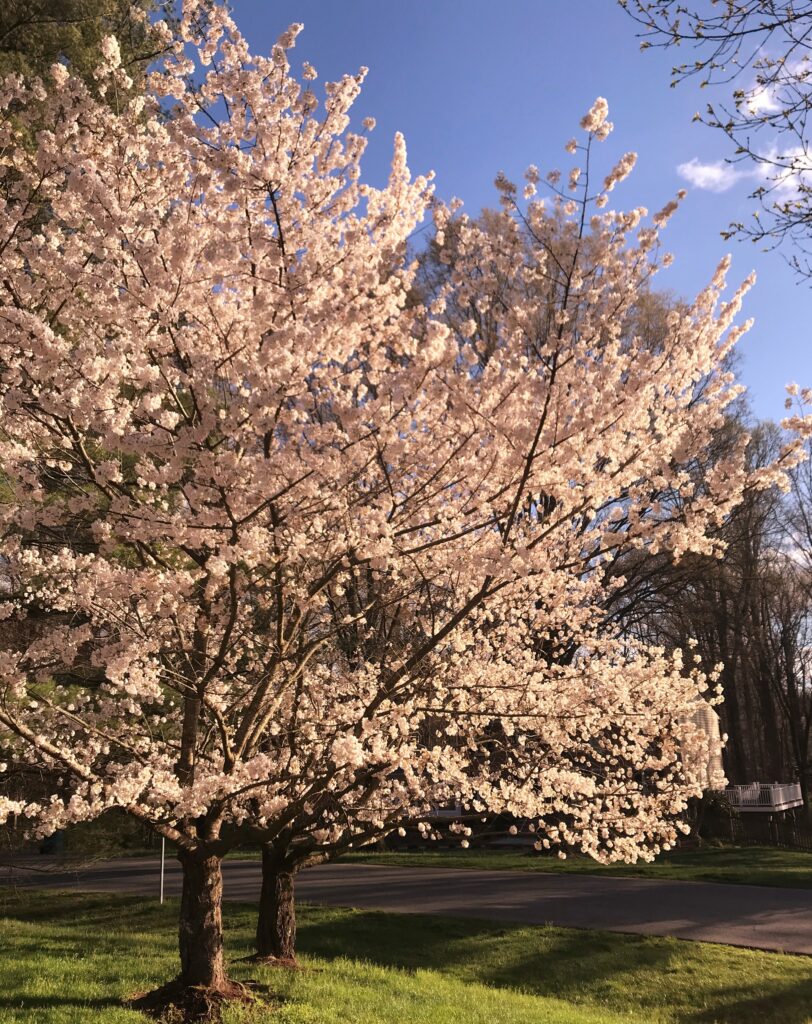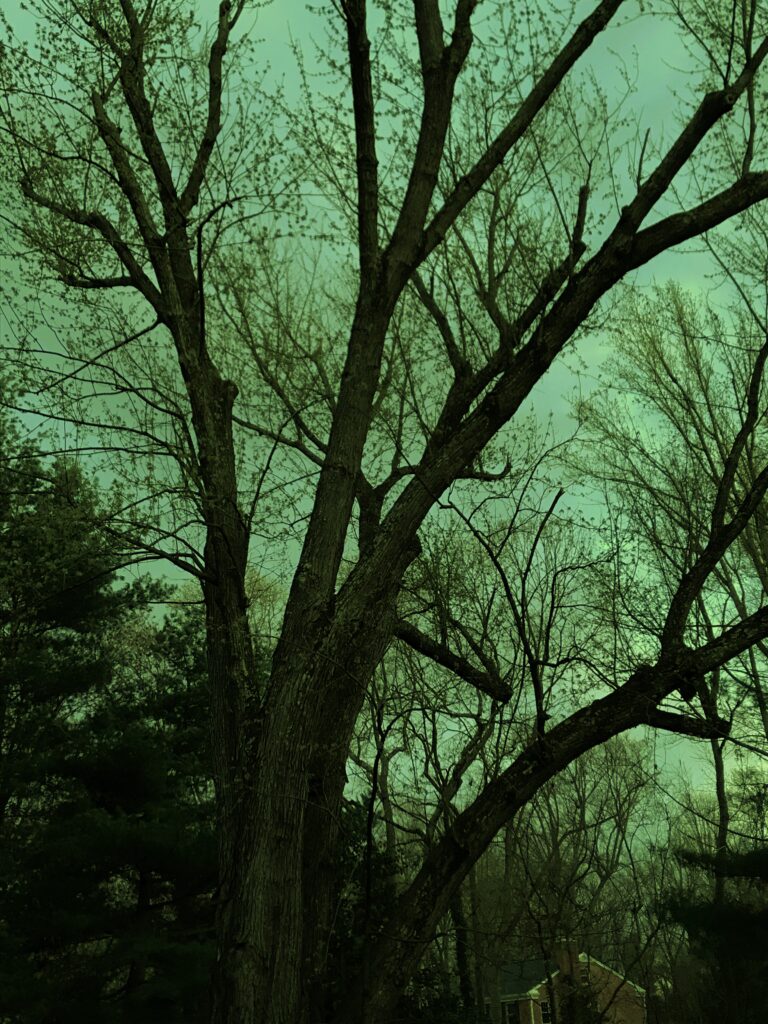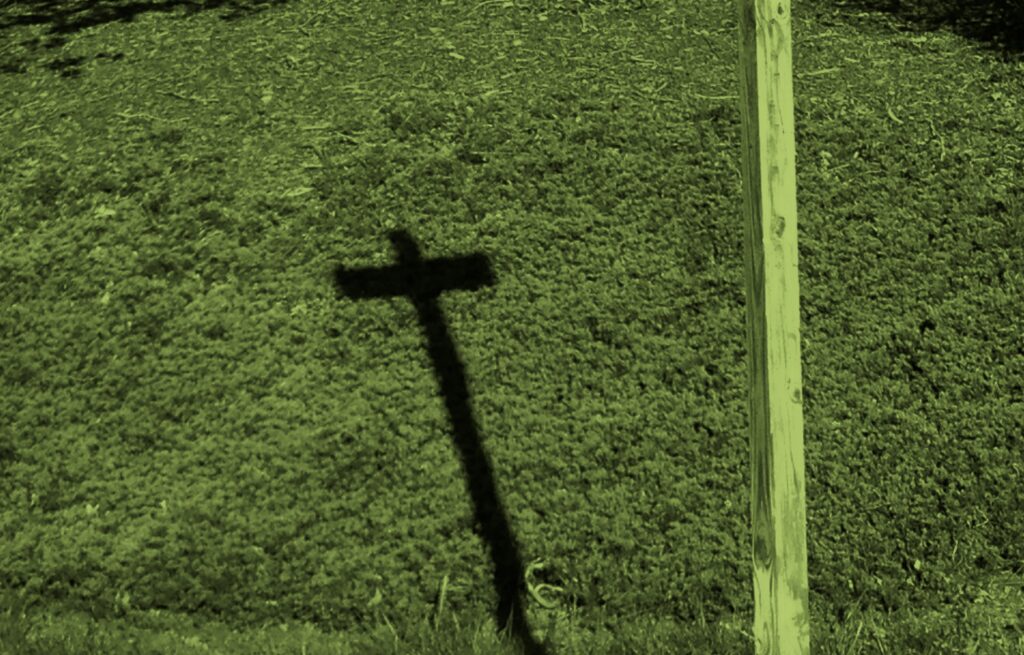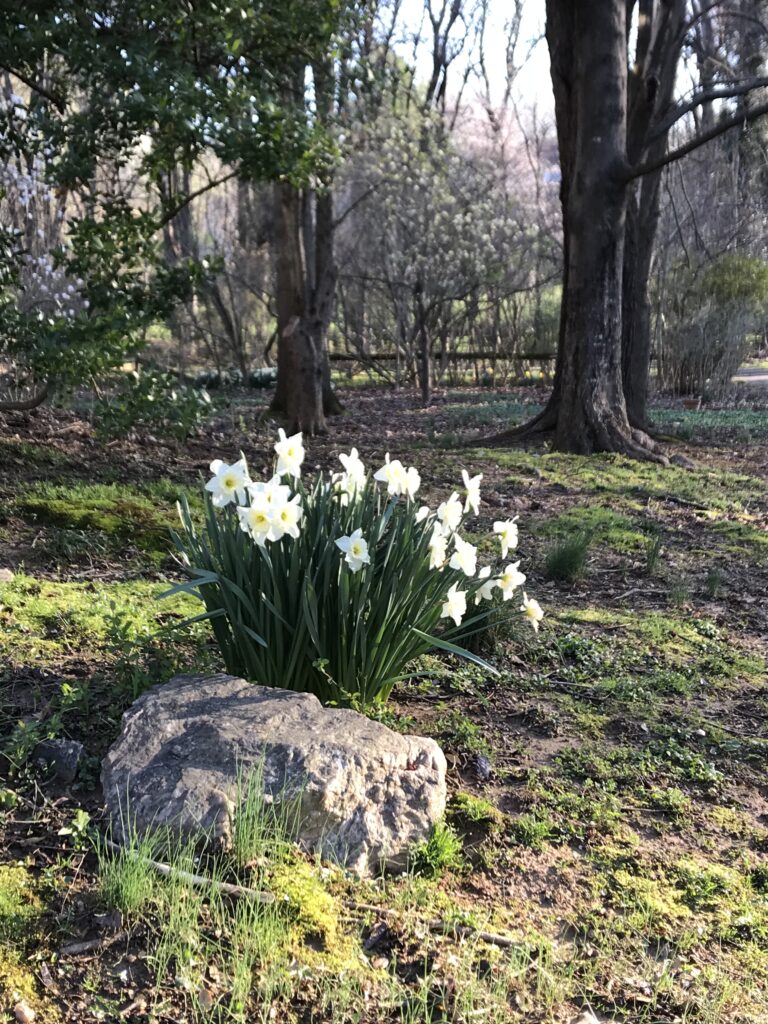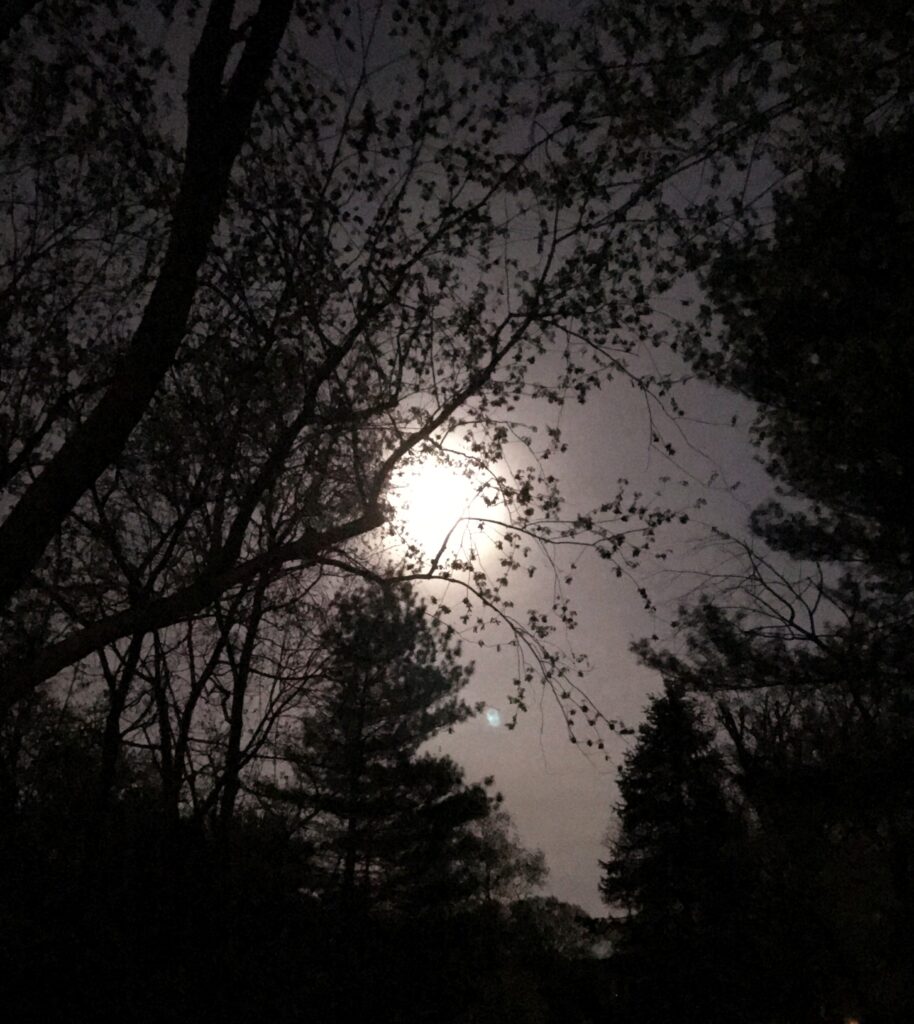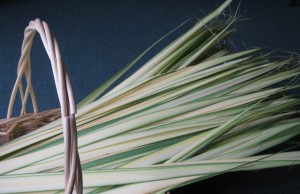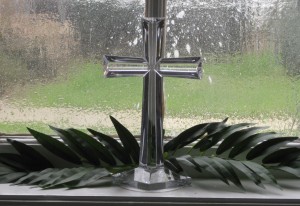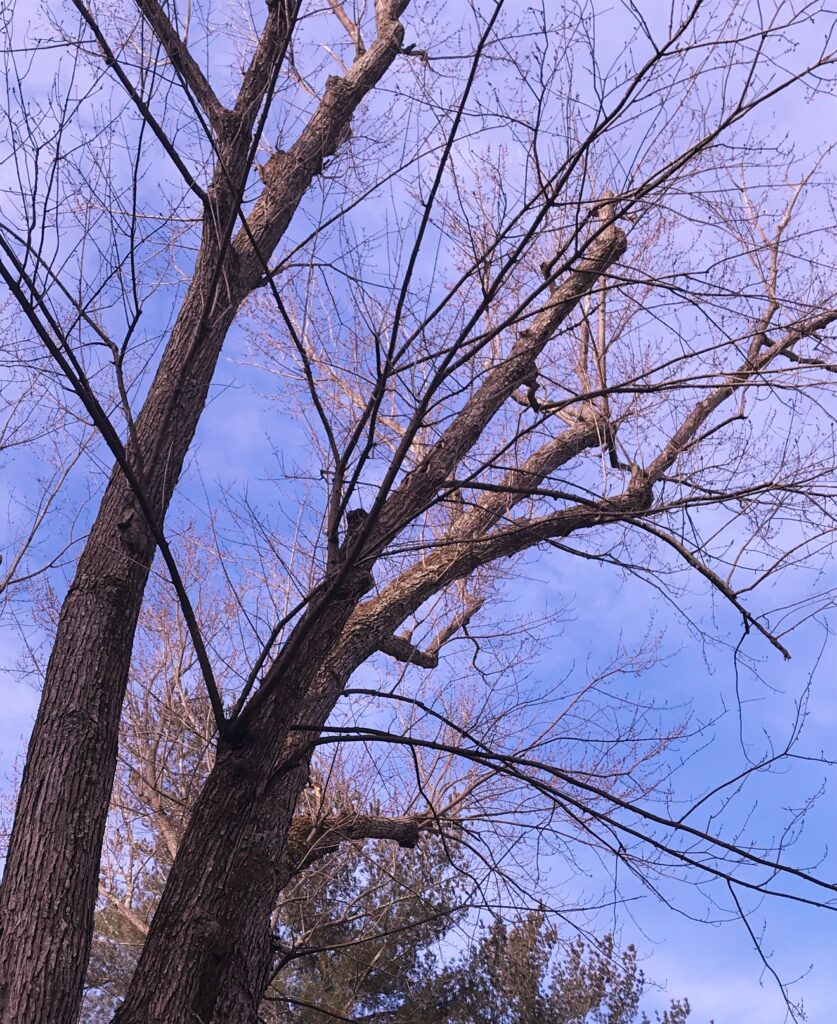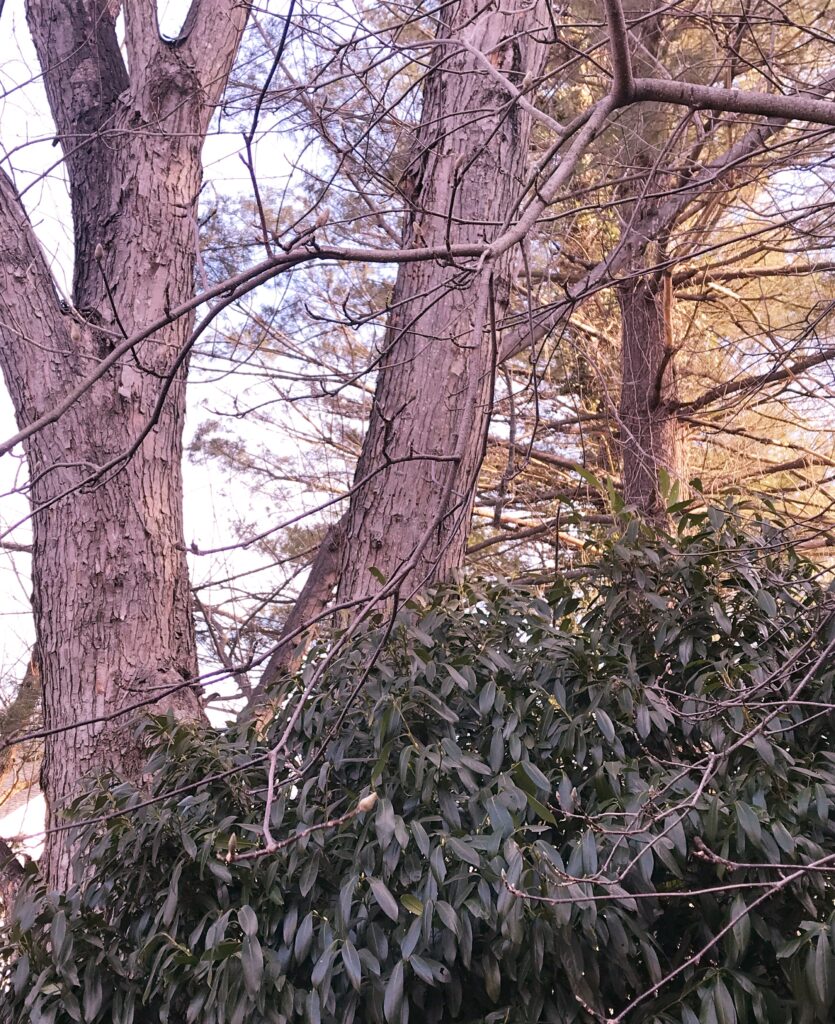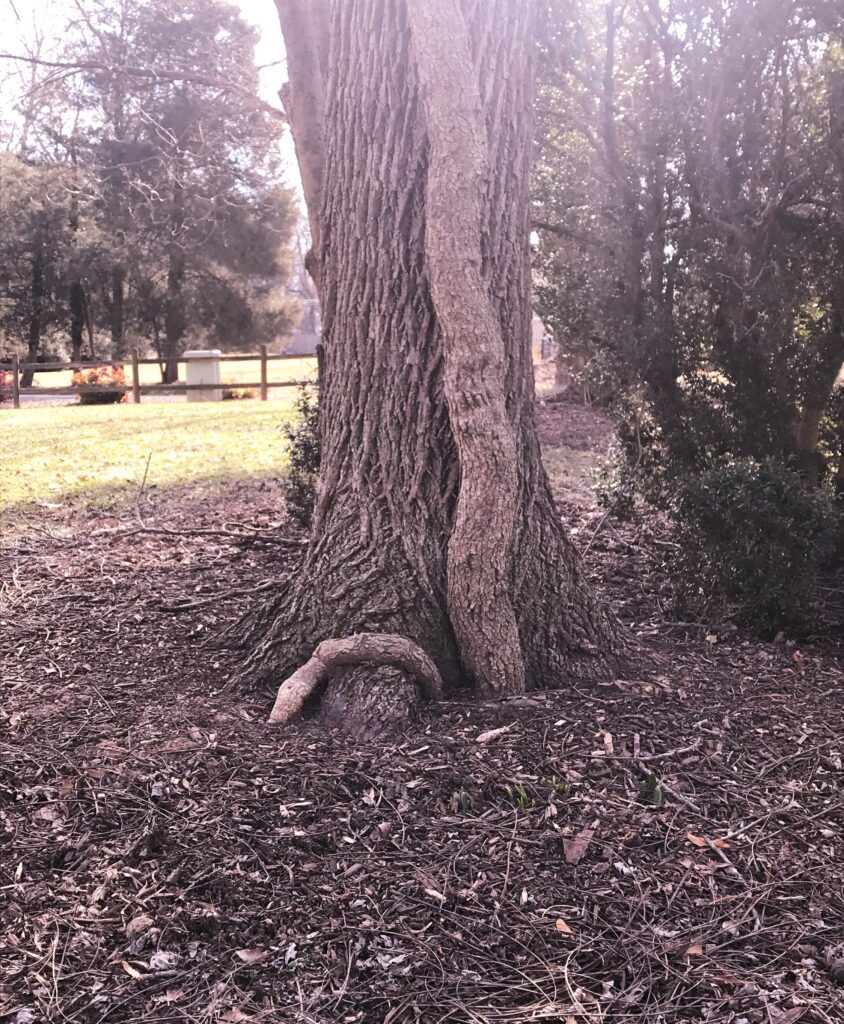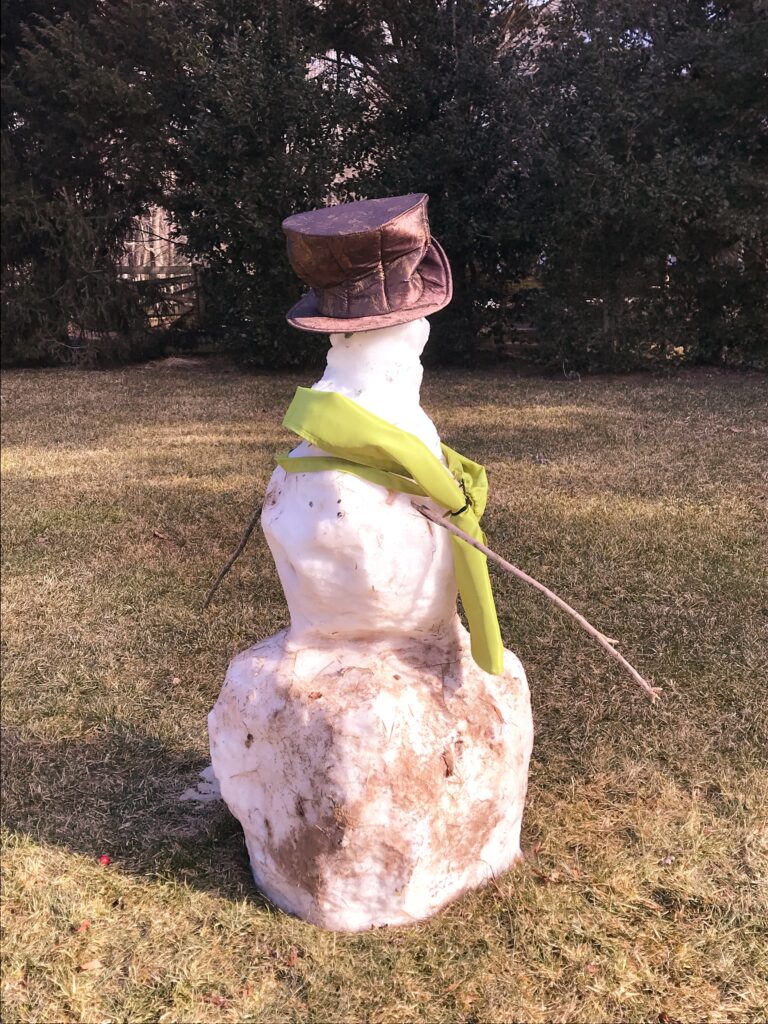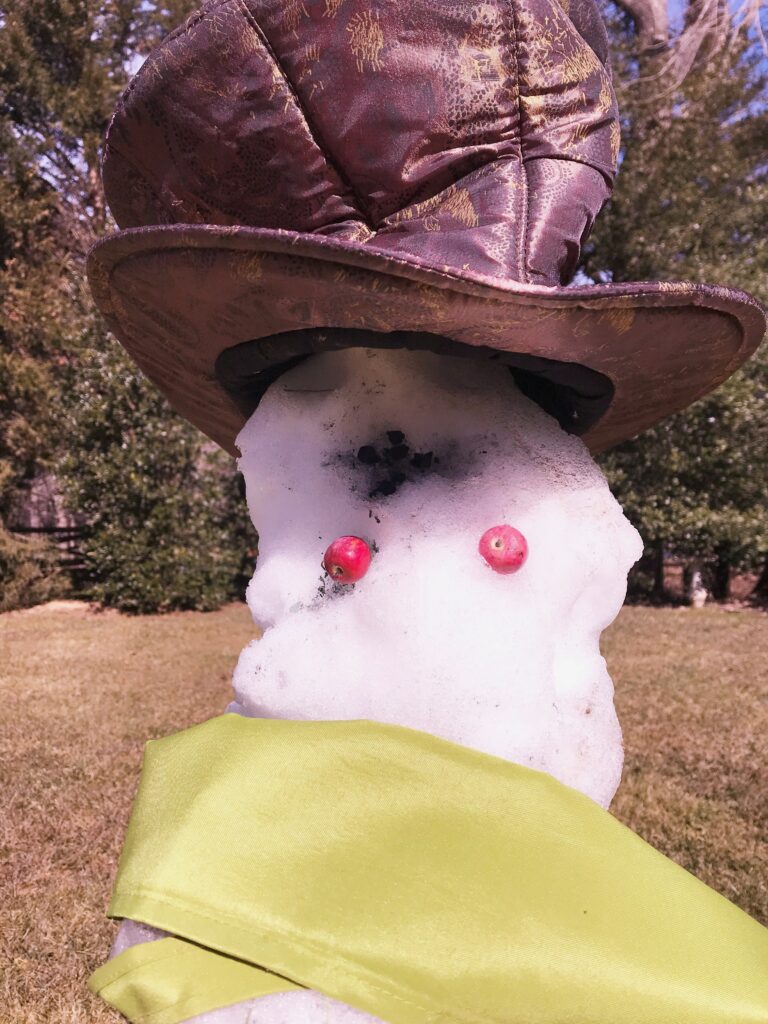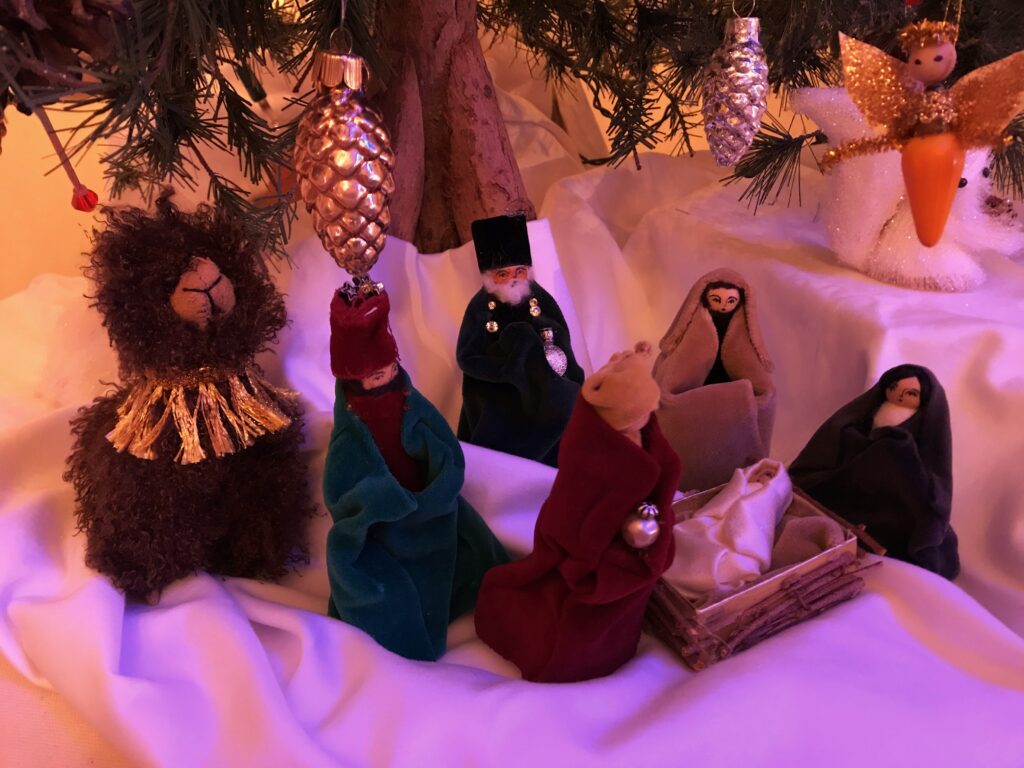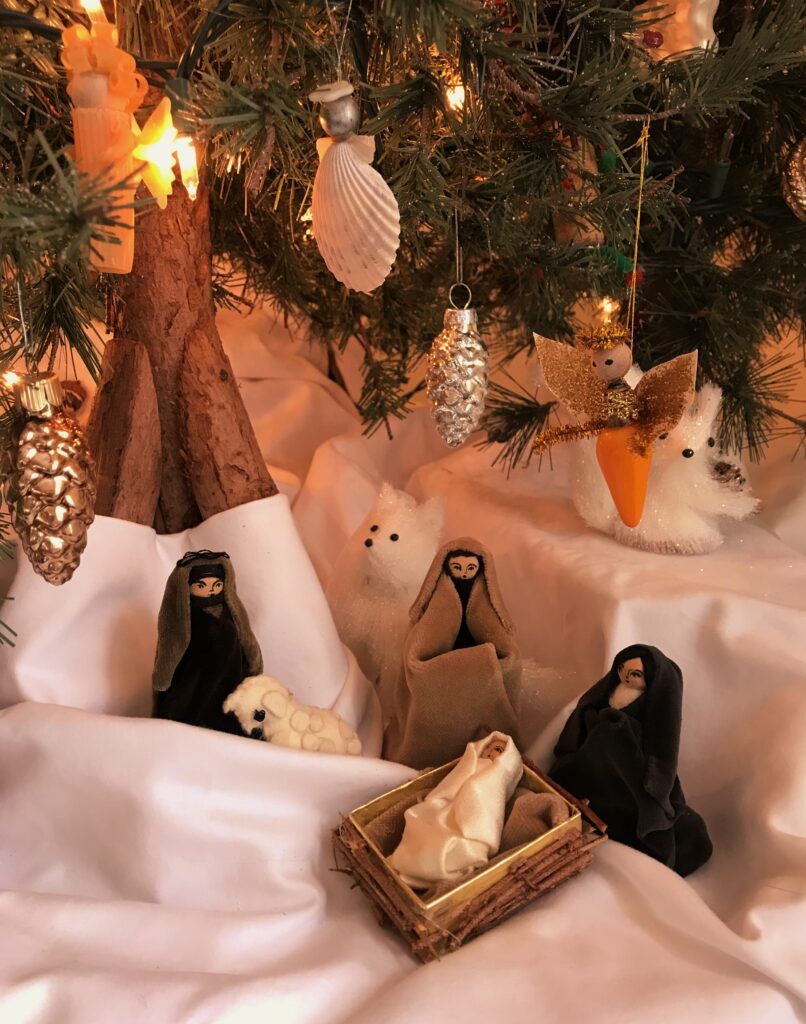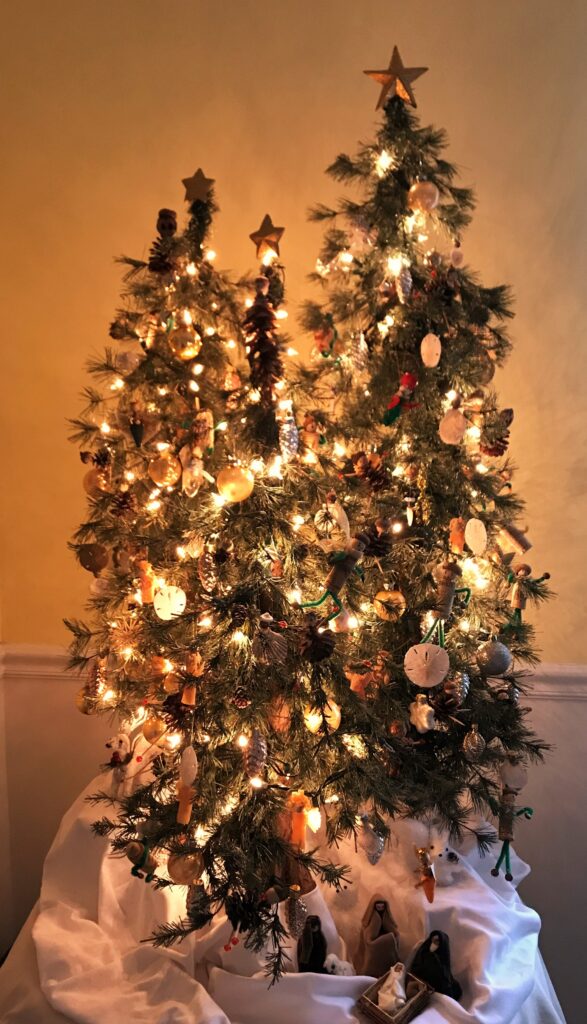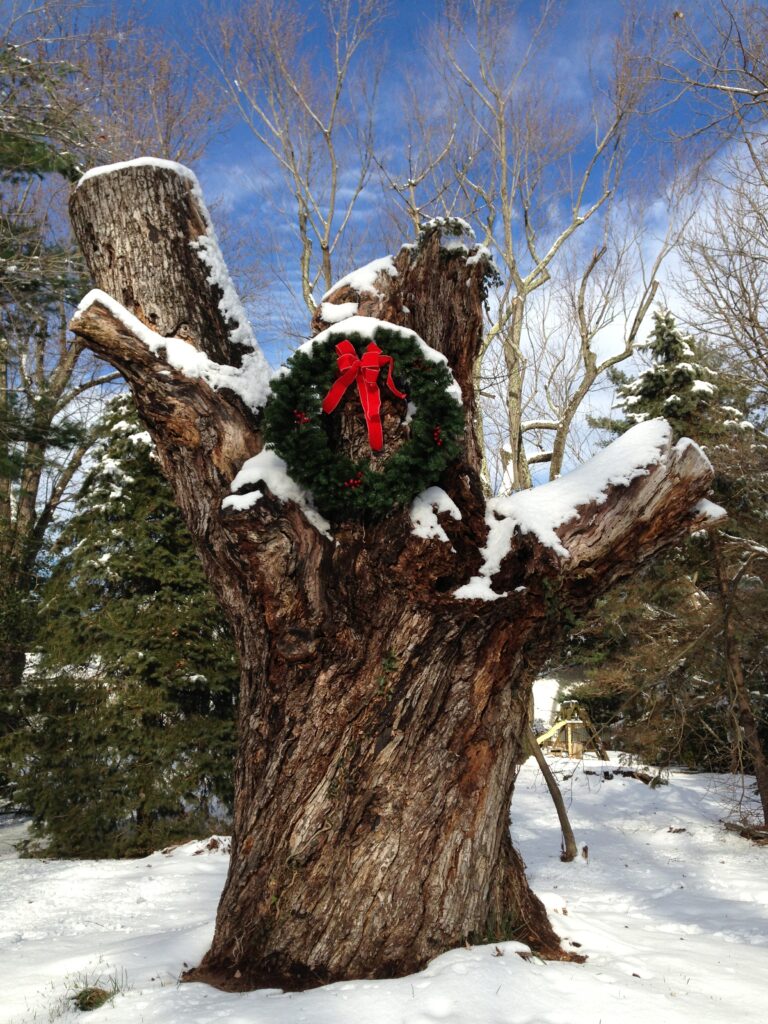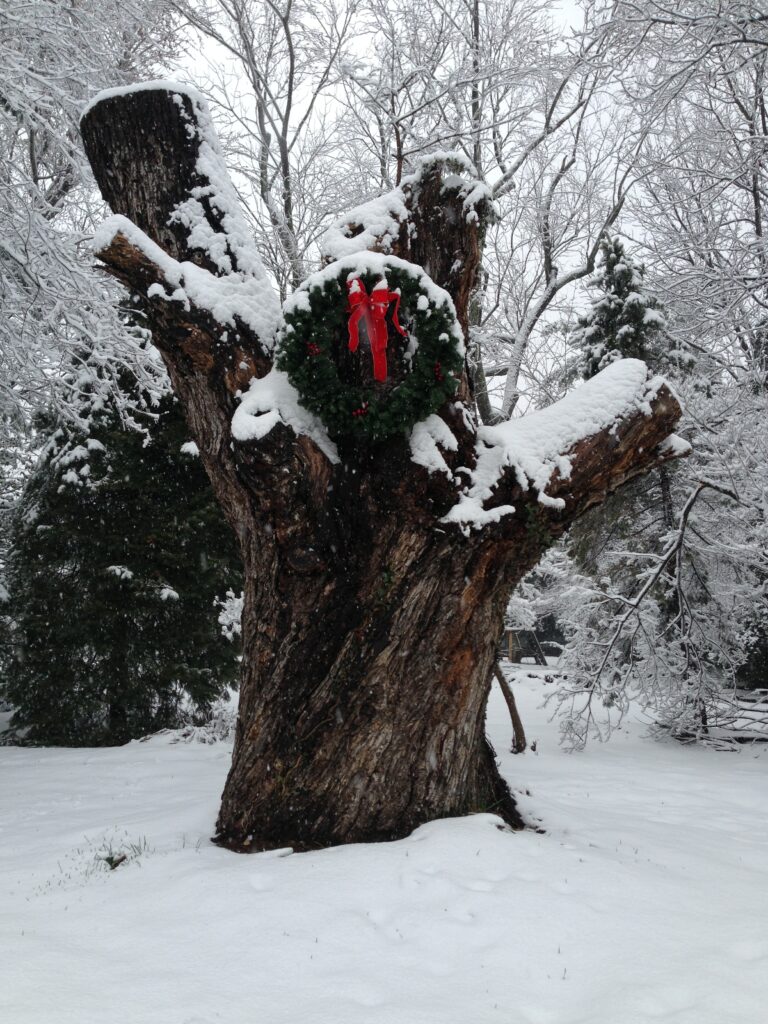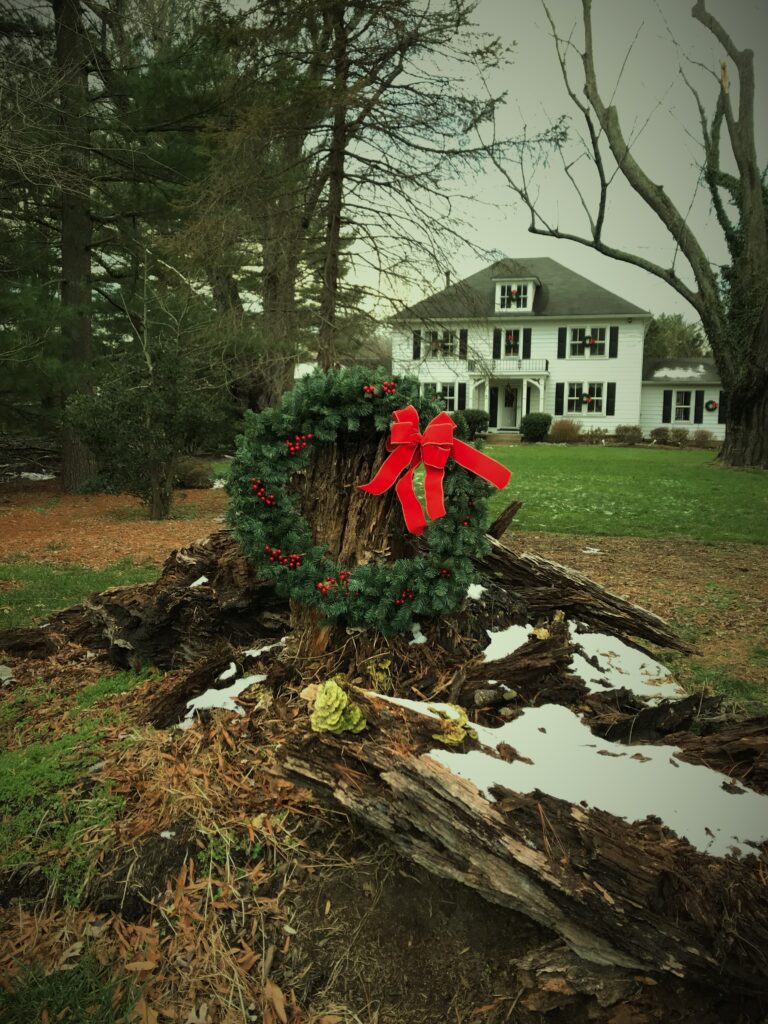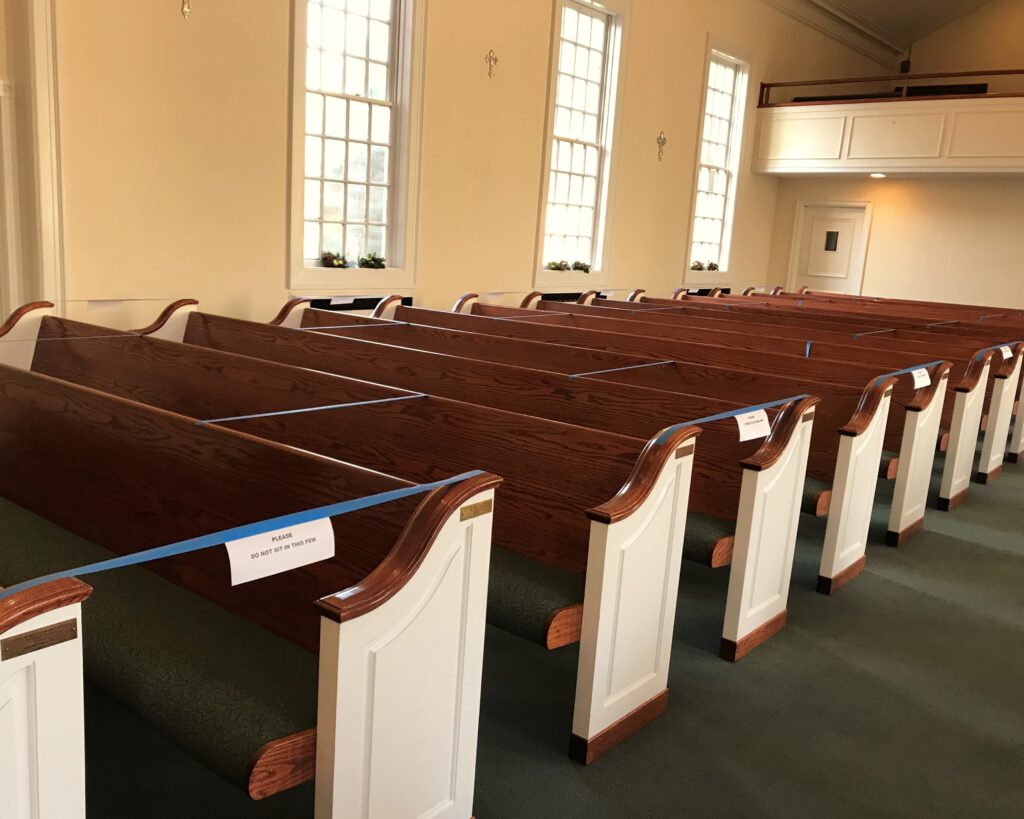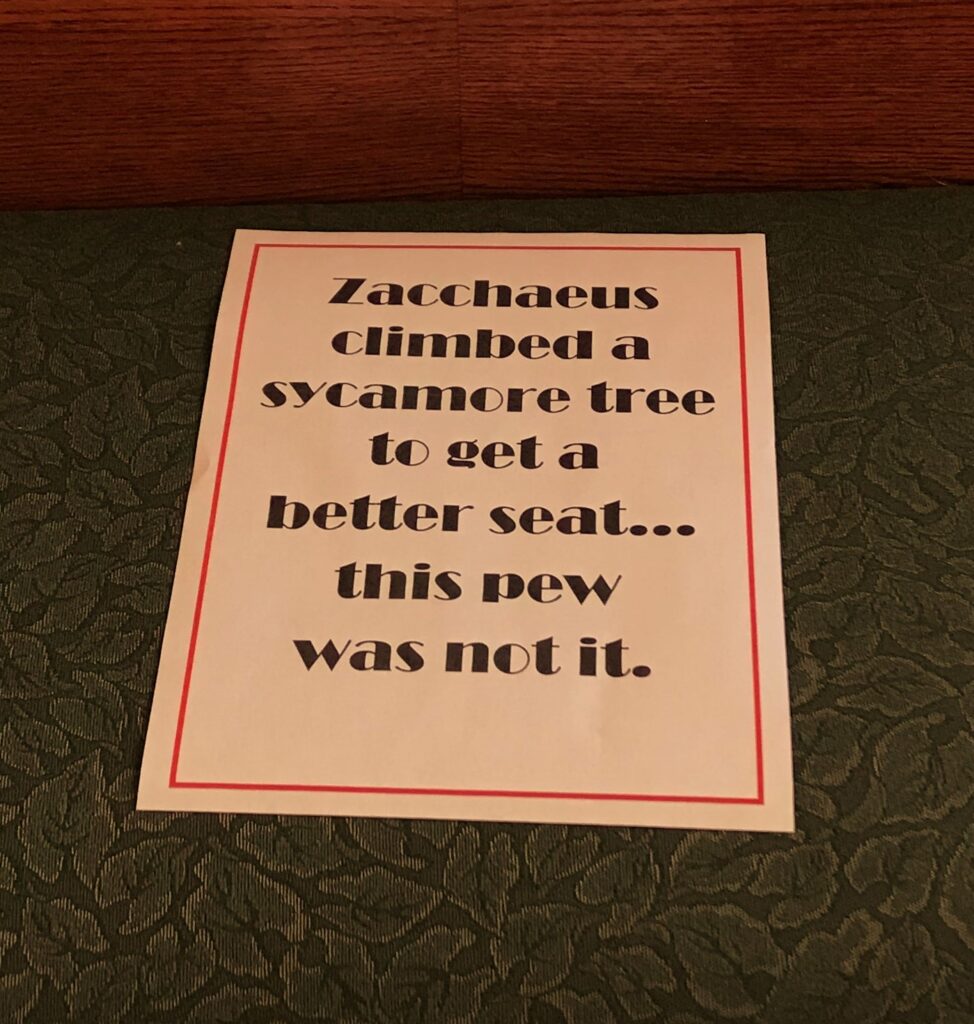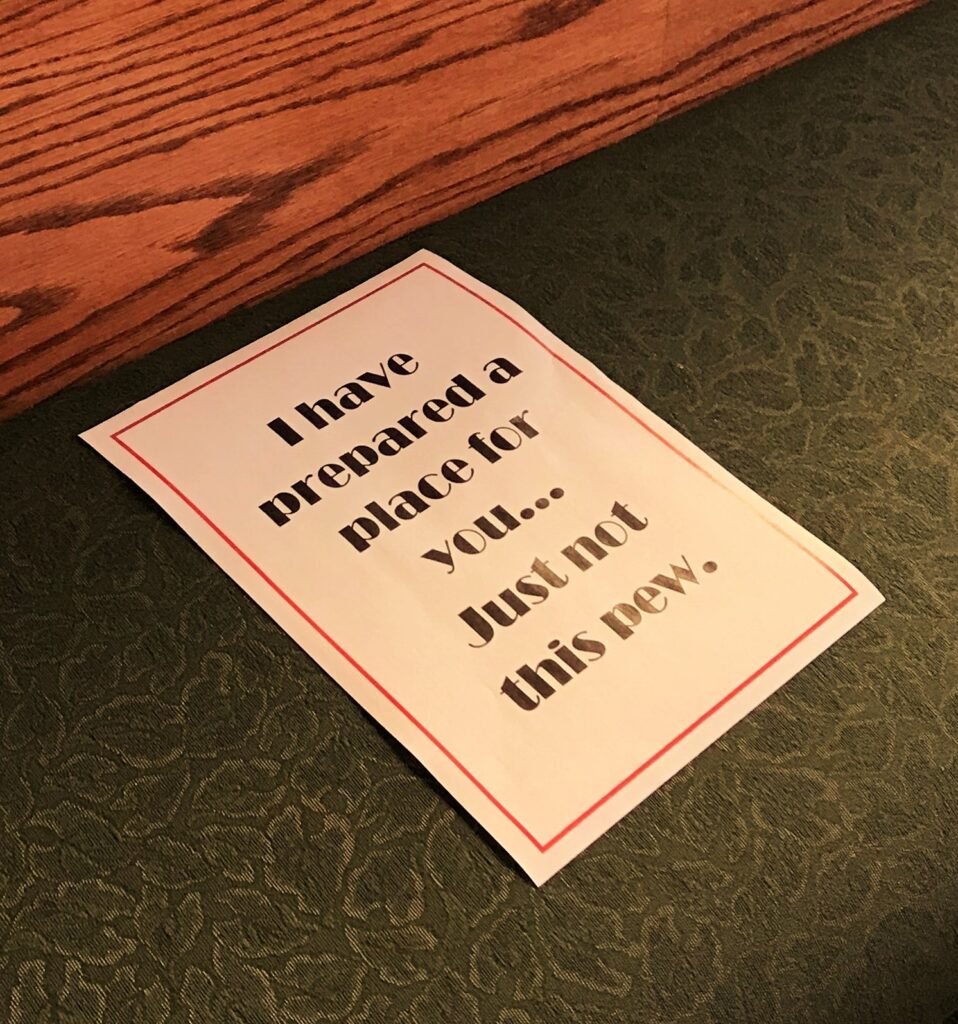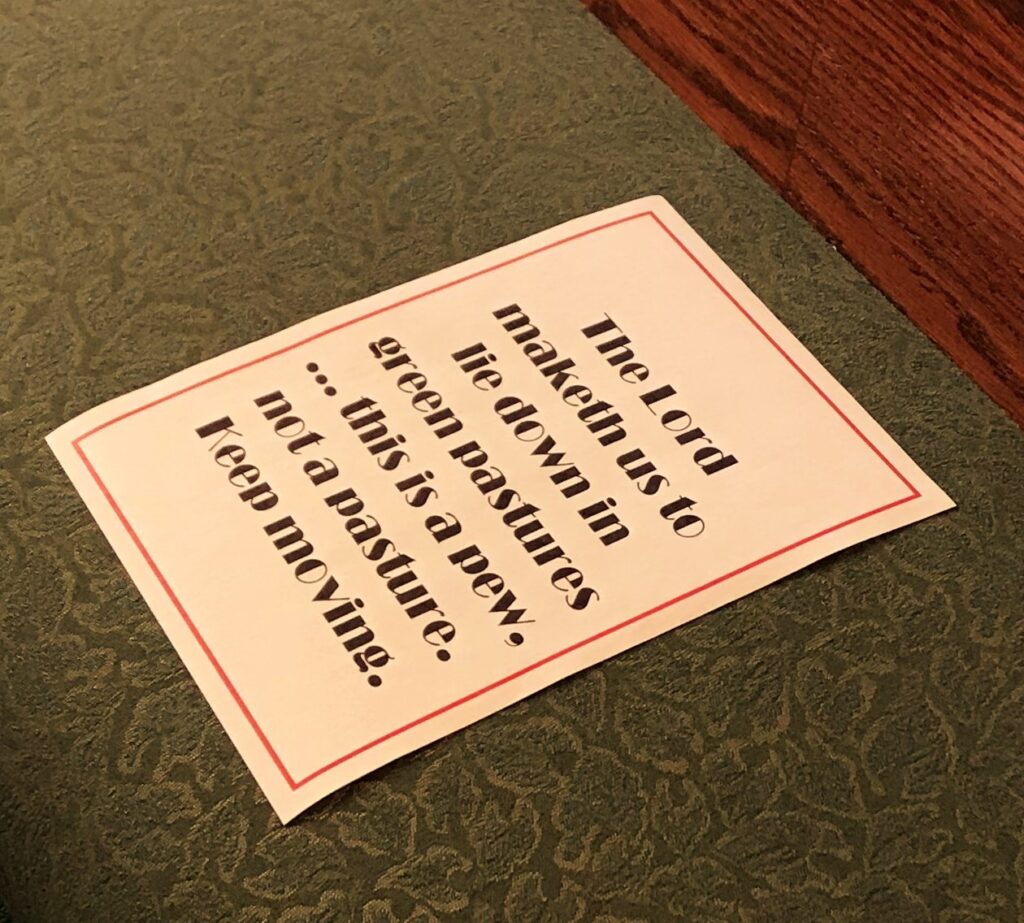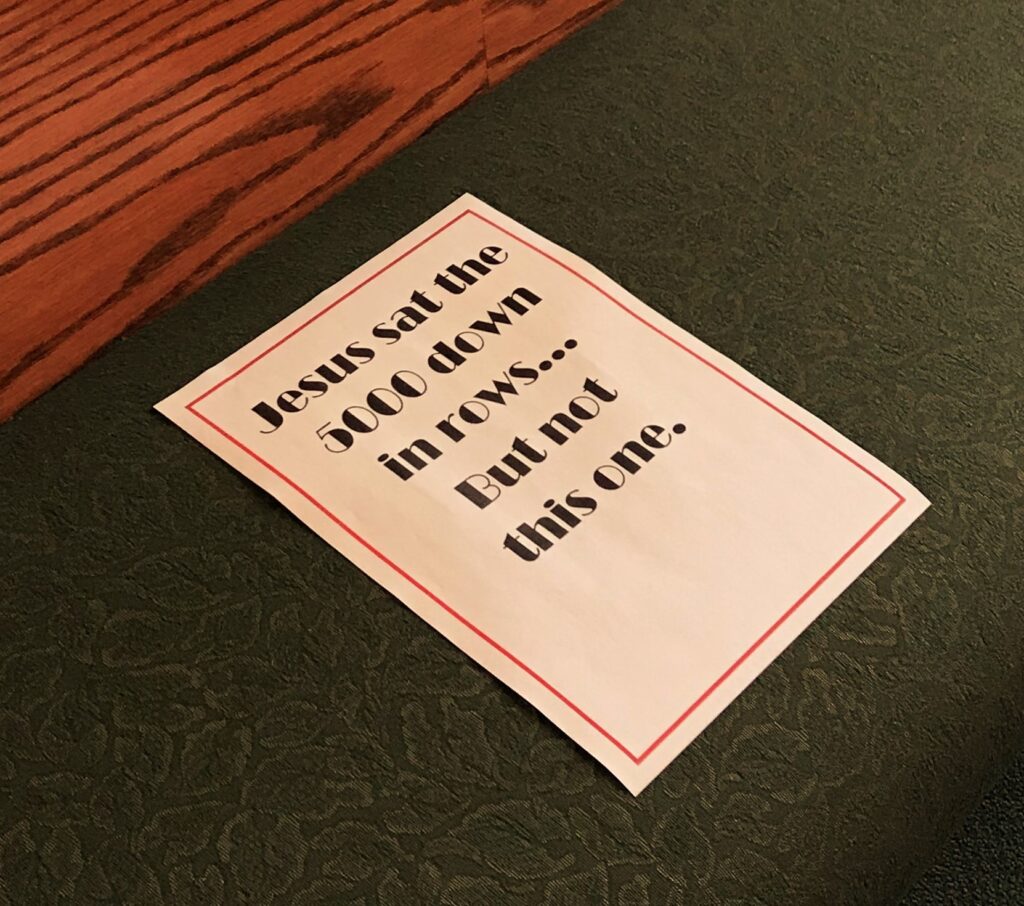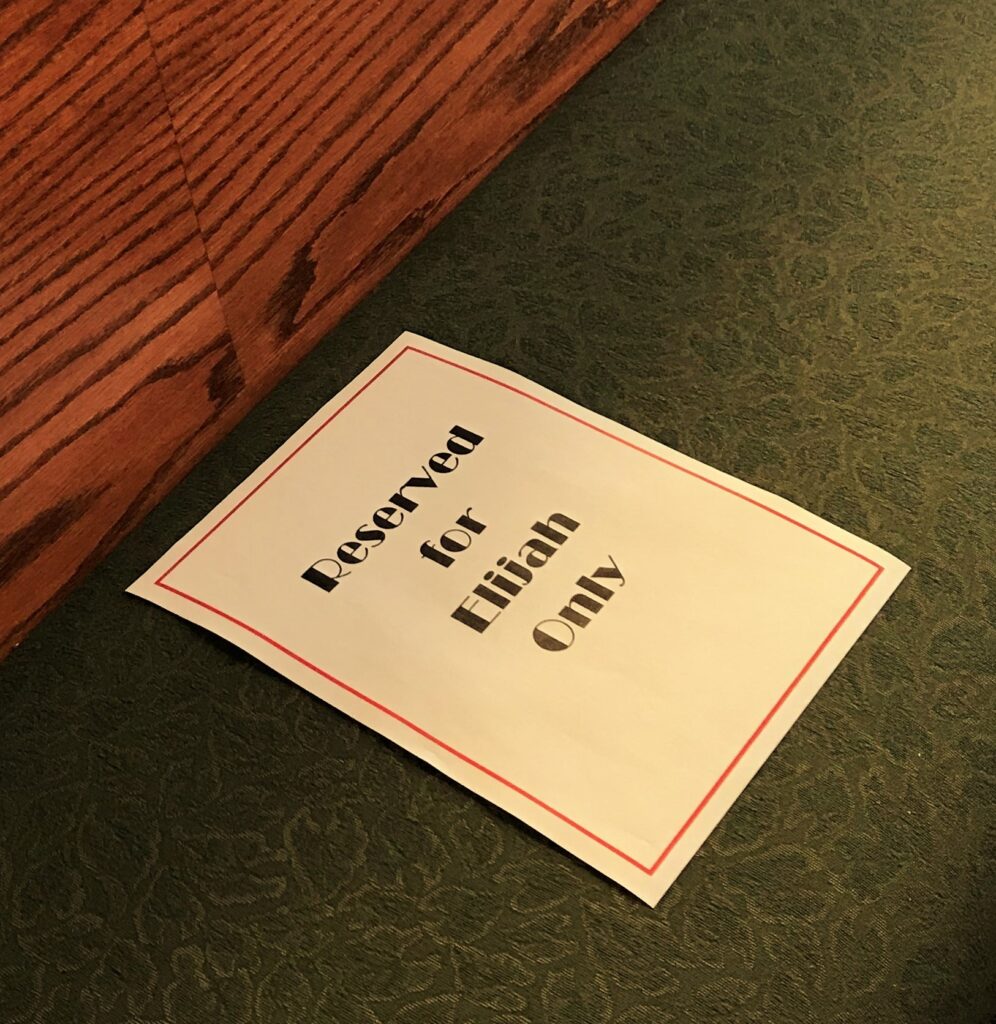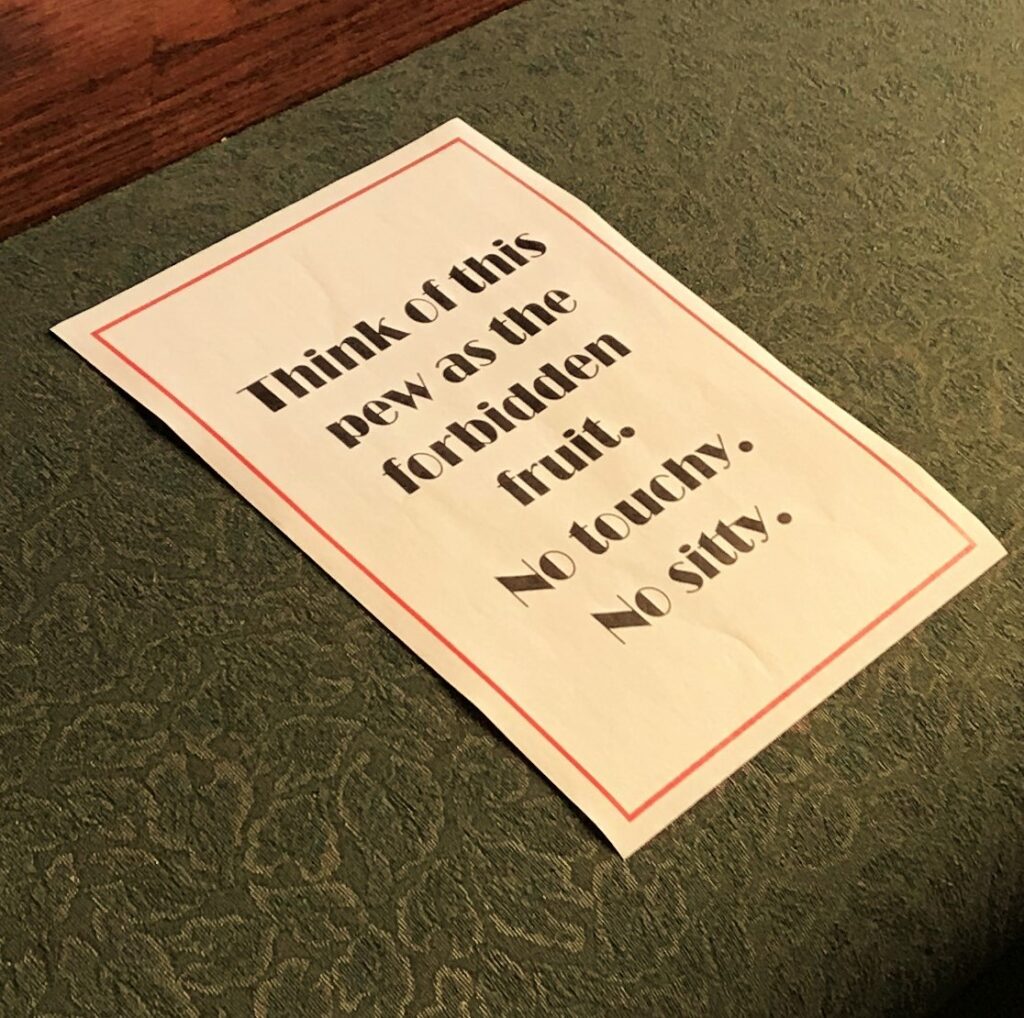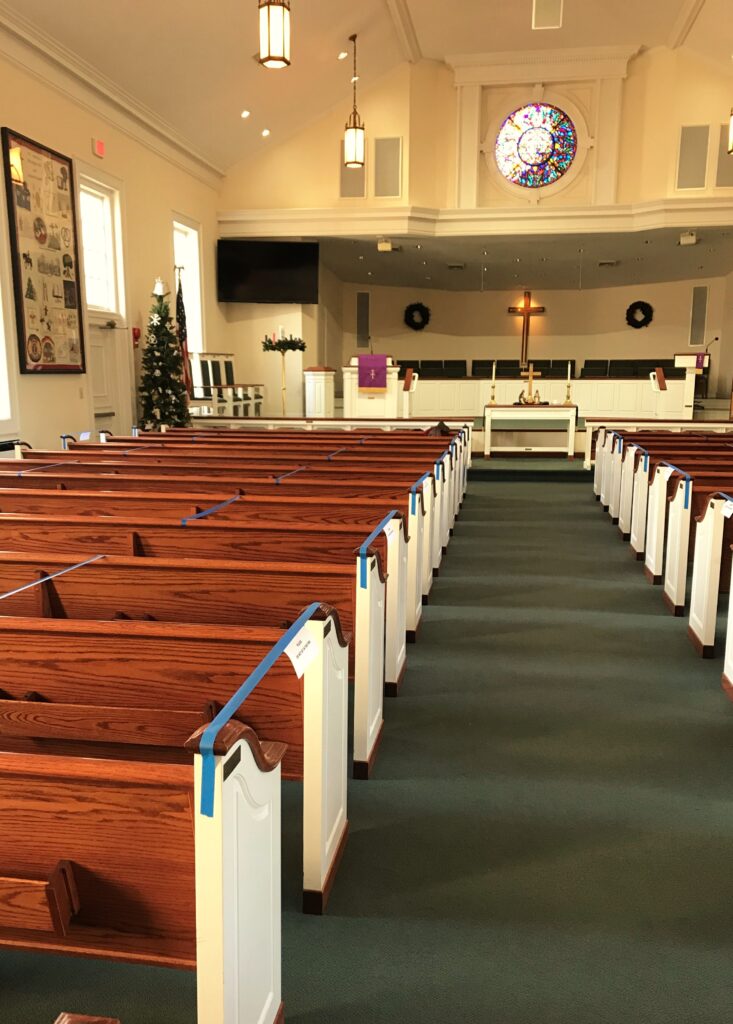This year, Easter in Northern Virginia coincided with perfect spring weather. That’s a rare gift, one that was even more appreciated after a year of covid anxiety, sadness and death. Easter’s hope of the resurrection was made palpable in the beauty of new life in nature that surrounds us.
Bradford pear and cherry trees were in peak bloom, fluffy with clouds of white and pale pink.
The bright red camellia at my mother’s was bursting into flower.
The weekend’s festive, sunny warmth prompted me to bring our collection of big bunnies out for a top-down ride with Kiko. Our skeleton friend Slim, currently slumbering in the basement, would approve. Such a lovely day, he would say, needs to be seized and enjoyed.
Kiko could hardly contain his happiness. He did what he typically does when overcome with joy. He fell asleep.
Last Easter is a blur. I remember little more than a bare-bones version of online church and an unseasonable meal. We were avoiding the grocery, and we hadn’t yet got the knack of online food shopping. Easter dinner consisted of what we had on hand, which happened to be pot roast, instant mashed potatoes and canned vegetables. Deep in the freezer section of the fridge, under some forgotten Popsicles that had melted and refrozen a couple of times, I’d discovered a cylinder of frozen crescent roll dough. It was a relic from the Witch’s Finger pigs-in-a-blanket my daughter made for a Halloween party during her first year in high school. The use-by date was 2015. Why not bake up this five-year old dough? Let’s give it a try, I thought. Evidently, it wasn’t a health hazard. And while the rolls were rather flat, they were not actively bad. Still, I do not recommend them.
I don’t think I bothered with Easter decorations to accompany last year’s lack-luster meal. But cheered by this spring’s lovely weather and the hope that an end to our covid odyssey may be in sight, I dove into our Easter-themed goodies and colored eggs from years past. We have boxes and boxes of eggs, decorated in various ways. (I wrote about these in several posts from 2012. See here and here.) Unless they’re cracked, eggs boiled for a long time over low heat can last for ages.
For example, some of these reddish brown eggs, dyed by boiling with onion skins, are approaching the twenty-year mark.
Our daughter, finishing up her final semester at the University of Virginia, couldn’t join us. She would have appreciated my decorating efforts, and she’d have been happy that we had Easter dinner in the dining room rather than the kitchen. In her honor, I set the table for four, using my grandmother’s old Noritake china, painted in delicate Easter egg colors. Our daughter would also have found the meal, which included our typical Easter favorites, baked ham, scalloped potatoes, fresh asparagus and deviled eggs, far more satisfying than last year. When we spoke with her that evening, she was finishing a tricky engineering problem set and running low on food choices. But at least she wasn’t reduced to baking crescent rolls from 2015. And we should be able to see her before long at an actual in-person graduation ceremony in Charlottesville. 2020 has made us grateful for pleasures we once took for granted.
May spring’s annual renewal of life bring you hope and joy!

